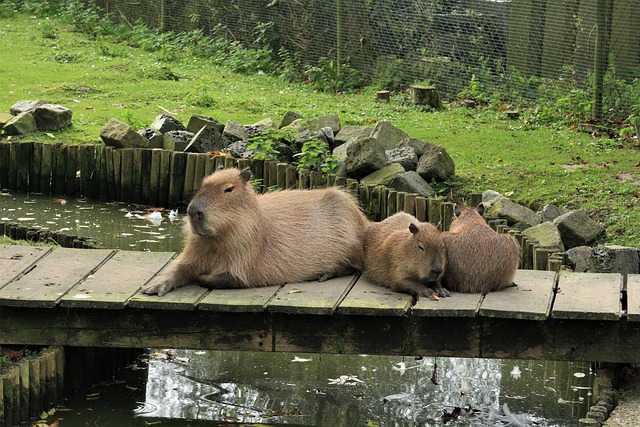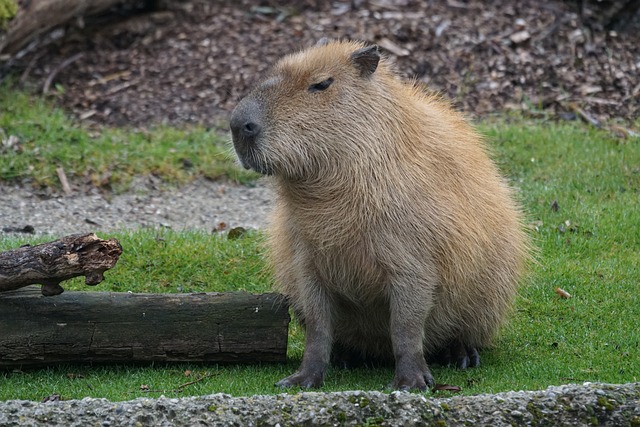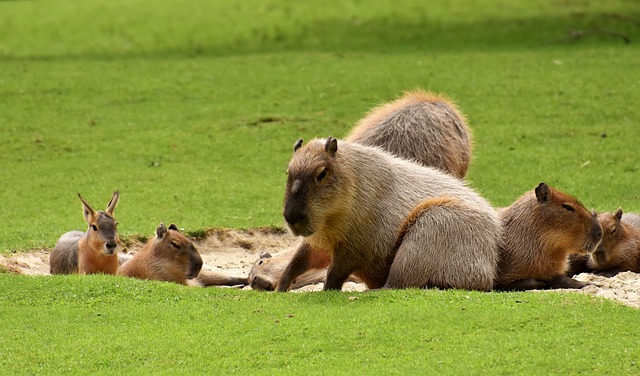Rats are a common household pest found in many parts of the world. They are known for their ability to scavenge for food and survive in various environments. However, one question that has puzzled many people is whether rats can taste food.
Studies have shown that rats have a highly developed sense of taste and can distinguish between different flavors. They have taste buds on their tongue and palate, which allow them to detect sweet, sour, bitter, and umami flavors. Rats also prefer sweet and fatty foods, which may explain their attraction to human nutrition.
Despite their ability to taste food, rats perceive taste differently than humans. For example, they are less sensitive to bitter flavors and can tolerate higher salt levels than humans. This difference in taste perception may explain why rats can consume certain foods considered unpalatable to humans.
The Science of Taste
The sense of taste is a complex process that involves a combination of chemical and physical reactions. The tongue is covered with tiny taste buds containing specialized gustatory cells. These cells detect different tastes, such as sweet, sour, bitter, salty, and umami.
When we eat, the food we consume comes into contact with these taste buds, and the gustatory cells send signals to the brain, which interprets the information and produces the taste sensation. However, the taste is influenced by the tongue’s taste buds and other factors such as smell, texture, and temperature.
The way that rats taste the food is similar to humans. They also have taste buds on their tongue responsible for detecting different flavors. However, rats have a more sensitive sense of taste than humans, and they can see particular tastes that humans cannot.
Research has shown that rats can detect sweet, sour, bitter, and umami tastes but cannot taste salt. This is because rats can synthesize their salt and therefore do not need to detect it in their food.
While rats can taste food, various factors can influence their preferences. For example, rats have been shown to prefer foods high in fat and sugar, which may explain why they are often attracted to human nutrition. Additionally, rats can learn to associate specific tastes with positive or negative experiences, which can influence their food preferences over time.
Rat Taste Buds
Like humans, rats have taste buds that allow them to detect different flavors in food. However, their sense of taste is not as developed as ours, and they are not as picky regarding what they eat.
Rats have taste buds on their tongues, but they also have them in their cheeks and throats. These taste buds detect sweet, sour, bitter, and umami flavors.
Unlike humans, rats cannot taste salt. This is because their bodies can produce sodium, so they do not need to seek it out in their diet. Additionally, rats cannot taste the spiciness of foods like humans can.
Rats are known for being omnivores, meaning they eat plant and animal matter. They are not picky and will consume various foods, including fruits, vegetables, grains, meats, and even garbage.
Rat Taste Preferences
While rats have a reputation for eating almost anything, they have preferences regarding taste. For example, research has shown that rats have a sweet tooth, preferring sugar and other precious substances over bitter or sour ones.
However, rats can also detect and avoid specific tastes associated with toxins or other harmful substances. For example, they have been found to avoid foods high in salt or quinine, which can be toxic in large quantities.
Interestingly, rats can also develop taste preferences based on their experiences. For example, studies have shown that rats exposed to a particular flavor in the womb or while nursing was likelier to prefer that flavor later in life.
While rats may not have the same sophisticated taste preferences as humans, they can detect and respond to different tastes in their food.
Conclusion
In conclusion, rats have a highly developed sense of taste and can differentiate between various flavors. Like humans, they can detect sweet, sour, salty, bitter, and umami tastes. However, their preferences may differ from ours, as they have evolved to prefer foods high in fat and sugar, essential for survival in the wild.
Studies have shown that rats can learn to associate specific tastes with positive or negative outcomes, which suggests that they have a certain level of consciousness and cognitive ability. This has led to using rats in taste preference studies, providing valuable insights into human taste preferences and food choices.
While rats may not have the same level of taste sophistication as humans, they can still taste and enjoy food. Their taste preferences and abilities are shaped by their evolutionary history and ecological niche, and further research is needed to understand their taste system’s complexities fully.




Leave a Reply
You must be logged in to post a comment.